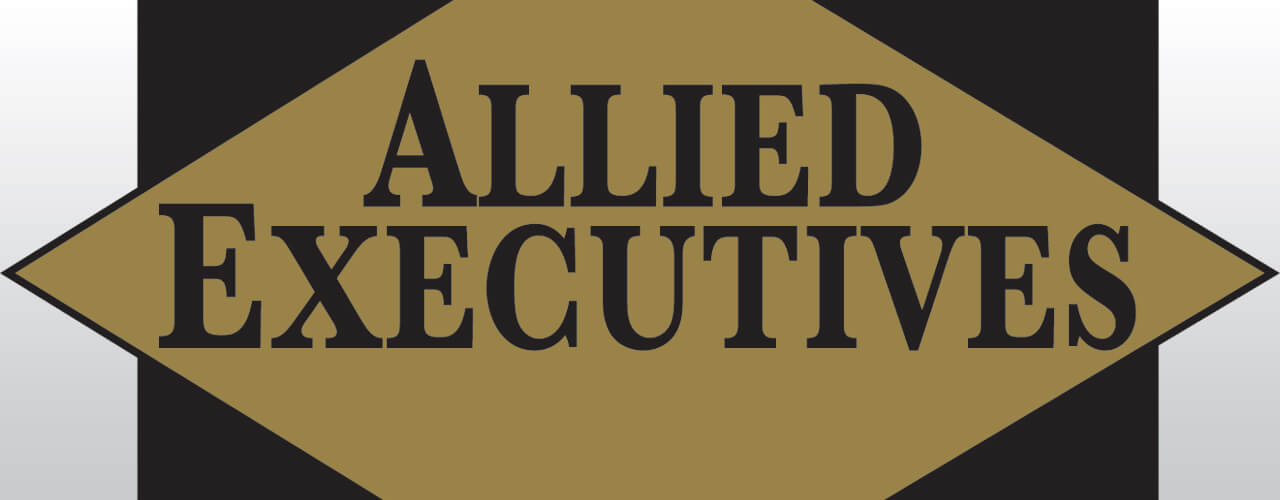More Than Meets The Eye
Written by Kurt Theriault for C-Level Magazine July 2016
Rescued from bankruptcy in 2006, 2nd Swing has steadily regenerated itself from virtually nothing to an eight-figure operation on the strength of service, selection, innovation and foresight.
While you may have passed by their two store fronts in Minneapolis and Minnetonka, there is more than meets the eye to this operation. With three distinct business lines driving the growth– online, custom fitting and the retail store – 2nd Swing can offer and move its more than 50,000 item inventory anywhere in the world.
I sat down with 2nd Swing’s president, Russ Higgins to learn more about how he and CEO Simon Kallal have been able to drive this success and separate themselves in a crowded and competitive golf market.
Theriault: 2nd Swing has been around a while. Can you walk us through the story?
Higgins: The first version of 2nd Swing opened in 1999. It grew rapidly to 72 stores. An untimely death led to some direction changes, which ultimately led to many of the original leadership team departing. Around 2004, a new concept under the same name was born, which seemed to get away from the original core of what the brand was. By 2005, 2nd Swing filed for bankruptcy and essentially dissolved. By 2006, all the stores were closed. Through the bankruptcy process we bought the name and intellectual property and reopened in 2007 in Minneapolis and Minnetonka. It was a total restart.
Theriault: What was the new vision for the business?
Higgins: Simon, our CEO, spent a lot of time buying and selling clubs online between 2004 and 2007. He acquired a great feel for what was going on in that market and felt there was an opportunity to build a niche business around the used golf club market. The idea was to sell a few clubs out of the stores and online. We began by taking photos of clubs in our front yard, then posting them online. We boxed and shipped clubs out of Simon’s basement, dropped them off at UPS in the afternoon and then listed more clubs at night. We were off and running.
Theriault: Shortly after you relaunched, the economy took a tough turn and really impacted the golf industry. How did this impact your business?
Higgins: When the market started to squeeze the golf market, it allowed us to shine. We found that people still wanted to buy golf clubs. Even though things at home might not have been what they used to be financially, they didn’t have to spend a lot of money on new clubs. They could buy a recently used model and be extremely happy with a new-to-them club for a third of the price! It made many customers excited to go play again.
Theriault: You’ve been able to grow in a very crowded and competitive market space. How are you getting that done?
Higgins: Being a small and local retail company, the best we can do to compete is bank our results on service. We must provide a fun environment, a wide selection of product and price ranges, and enough people to help customers, one-on-one, decipher what to put in their golf bag.
Buying a golf club should be a fun experience. The customer should have information at their disposal, someone to answer their questions and become educated so that when they make a decision on a particular piece of equipment, it is the right one for them. They also have to have that peace of mind that if they go out and play and they feel the club doesn’t work for them, they are not stuck with it. They can come back and exchange it.
Theriault: How have you been able to take advantage of the technology explosion in the golf industry?
Higgins: Custom fitting technology is huge right now, but everyone is in the game on this. So, for us to win, we built our approach to custom fitting on two fronts.
One, we invested heavily in state-of-the art technology. Through our tour van fitting experience, we feel we have the best fitting technology and experience available in this market. To further that, we dedicated a lot of payroll to servicing this strategy better than anyone.
Our fitters have been certified by the club manufacturers and have experience working the tour van at PGA tour events. They have access to engineers and lead fitters that work with the best players in the world, are very well educated and know the products.
Theriault: I’ve often heard your stores described as, “the Apple Store of Golf.” What do you think is meant by that?
Higgins: Selling golf clubs is our business, but our service strategy is about, “What do I need to do during our time together so you walk out of the store excited and telling your friends about the great experience you had?”
When someone walks in a store, we want them to hear chatter and golf balls being hit. Walking into a golf store should be a fun experience. You shouldn’t be wondering if it is okay to hit a club in the store or to ask questions. Our hitting areas are all set up to be inviting and to encourage you to hop in there and try the products. We have 14,000 clubs in the physical stores for people to try. If someone wants something, there is a good chance it is here.
Theriault: What’s the biggest obstacle or challenge ahead of you and Simon as leaders of the company?
Higgins: Continuing to work and develop our team. Whether you work one day per week or are a full-time member of our team, we want you involved in the big picture, clear on the vision of the business and fully aware of our competitive advantages. We have a process for doing that and the process allows our team members to get their voice heard either in surveys, all company meetings, or coaching sessions.
This process allows us to keep the right things in focus and identify what we need to do to continue to improve, or what things we need to add to help us go down the right path.
Theriault: This allows you to keep innovating?
Higgins: In our eyes, each team member is an entrepreneur and looked to for feedback. They are the president of their role and is sought after to help us make the step, role or function they play better for us and for our customers. We may find technology we can add, or a step we can skip to make a process more efficient. Often, these ideas become our projects and we go to work on making things better.
Article featured in C-Level Magazine July 2016


